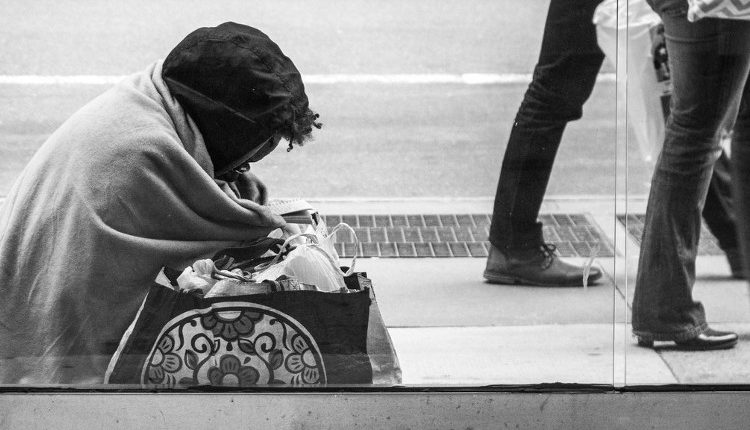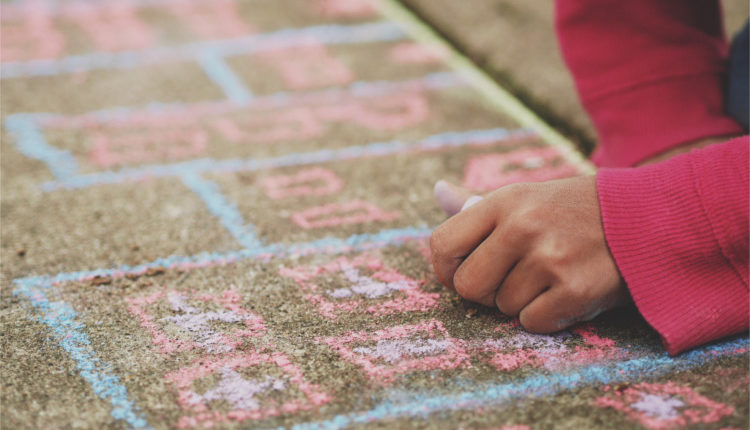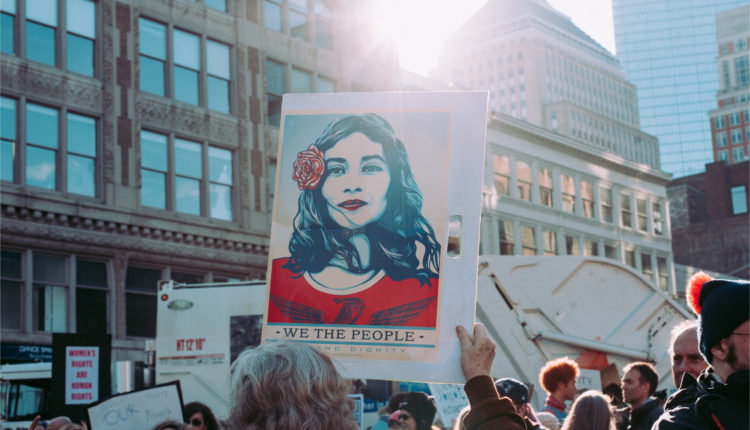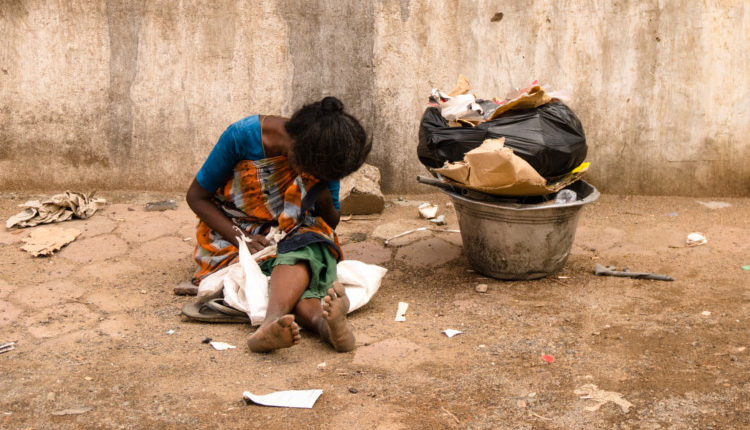International Women’s Day | Women and Poverty: A Global Problem
Poverty remains an issue of utterly singular importance in the lives of millions of people in America and across the globe. At this moment, by some accounts, there are five (5!) human beings on earth who own as much wealth as the poorer half of the world’s current population. This, too, is a preventable situation, but perhaps not for very much longer.
Some of the realities of poverty are very plain to see, but others, regrettably, are not. In turning an apparently blind eye to poverty and the relative scarcity of vital resources in the world’s poor communities, we also ignore the inequitable way poverty affects men, women and children.
Social, Economic and Political Gender Inequality
Poverty affects human beings with almost no regard to age, gender or geographical location. Extreme poverty exists in every country on earth, including in the most productive and profitable ones. But while poverty knows no boundaries or borders, its effects are quite a bit less uniform.

Researchers have come to understand, somewhat recently, that gender needs to play a more significant role in poverty studies if we want to come to meaningful conclusions and devise definite plans of action in our political and social discourse. Some of the reasons for the discrepancy between the way men and women experience poverty are a product of unforgiving evolution — nature — and some of them are of our own making. They include:
- Fundamental differences in biological needs, including hygiene and reproduction
- Cultural and “traditional” gender roles in the community and household
- Difficulty affording childcare among working mothers
- Religious and social subordination.
Some of us appear to have been caught off guard by the revelation that women are human beings, too, with real practical and material needs — some of which their male-bodied counterparts barely know exist. A man living in abject poverty will likely have a very different set of priorities than women when it comes to budgeting.
While we pay political lip service on a regular basis to the idea that women are champions of their own bodies when it comes to conceiving and giving birth to our children, we fall woefully short in the follow-through when it comes to practical support for working moms — and especially poor mothers.

The United Kingdom, New Zealand, Ireland and the U.S. rank first through fourth, respectively, for the highest childcare costs in the world. In the U.K., families spend, on average, one-third of their income on childcare. Recent attempts to make childcare more affordable in the U.S. have gone precisely nowhere — or have somehow managed to solve all the wrong problems.
There is a vast inequality of opportunity between women and men, a fact driven home time and time again by research. Among other insights, these findings indicate that among middle and upper-income families, men were more likely than women to be employed. Among low-income and poor households, however, the inverse is true: Poor women are more likely than poor men to seek and maintain employment.
Women living in poverty are very likely to work hard to secure a future for themselves and their children — and their drive to do so intensifies, rather than diminishes, the lower their income falls on the continuum. If knowing this about women doesn’t make them worthy of our consideration and undying gratitude, surely nothing will.
Women and Poverty: A Global Problem with Predictable Results
The women of America are getting their long-overdue time in the political spotlight thanks to campaigns like #MeToo and the vital visibility of the Women’s March during Trump’s inauguration. These movements have helped to elevate some of these issues into the mainstream and create a much-needed counterpoint to one of the most regressive administrations in American history where the rights of women are concerned.

But in other parts of the world, progress has been even slower.
The World Health Organization estimates 37 percent of all women in Africa are subjected to sexual or physical violence at some point in their lives. Three-quarters of these women grew up in poverty. Similar research indicates poor communities foster domestic violence more readily than higher-income areas. Additionally, in parts of the world where women’s education is not a high social priority, poor women are far more likely to be forced into early or unwanted marriages.
Regarding the psychological impact of poverty, women draw the short straw here, too. When faced with hardship, women are more likely than men to:
- Develop lasting symptoms of anxiety and depression
- Turn to crime or prostitution to secure income
- Find mental and physical comfort in the use of risky sex and illegal drugs.
But what about the raw numbers? Do all of the social, political and cultural influences we’ve talked about add up to a measurable discrepancy between poverty rates for women and men? The answer appears to be an unequivocal “yes.”

Women, in general, are poorer than men across every demographic. Let’s break down the numbers based on ethnicity:
- African-American: 26.5 percent of women lived in poverty versus 22.3 percent of men
- Hispanic: 23.6 percent of women lived in poverty versus 19.6 percent of men
- Asian: 10.7 percent of women lived in poverty versus 9.7 percent of men
- White: 11.6 percent of women lived in poverty versus 9.4 percent of men.
Remember: there are slightly fewer women than men in the world, which makes these numbers even more regrettable.
Poverty Is the Worst Form of Violence
This is a sentiment frequently attributed to Gandhi, and it still rings true today.
For anybody who experiences it, poverty is a soul-crushing ordeal that doesn’t seem to get easier with time. In fact, in America, being born into poverty is more of a life-sentence today than at nearly any previous point in our history. And given what we know now, it’s clear that poverty is not a phenomenon with a universally “equal” impact — women and disadvantaged children bear far more of the burden.
As with many modern political and social issues, fully understanding this problem requires a small amount of imagination — and a large amount of empathy.
